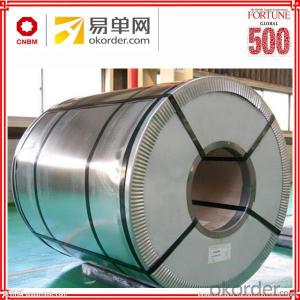Steel structures have been the backbone of modern architecture for decades, offering a unique blend of strength, flexibility, and durability. But what makes high-quality steel structures stand out in the crowd? Let’s dive into the world of steel and explore the secrets behind their enduring appeal and design prowess.
The Allure of Steel: A Journey Through Time and Innovation
Steel has a rich history, dating back to ancient times when it was first forged in small quantities. Over the centuries, the production and use of steel have evolved, leading to the development of high-quality steel structures that we admire today. The journey of steel is a testament to human ingenuity and the relentless pursuit of perfection in construction materials.
Strength and Flexibility: The Dual Pillars of Steel’s Success
One of the key reasons for steel’s widespread use in construction is its remarkable strength and flexibility. Steel can be bent, twisted, and shaped into a variety of forms without losing its structural integrity. This adaptability allows architects and engineers to create innovative designs that push the boundaries of what’s possible in architecture.
Durability: The Long-Lasting Charm of Steel
Steel’s durability is another factor that contributes to its popularity. It can withstand harsh weather conditions, resist corrosion, and maintain its strength over time. This longevity is particularly appealing in environments where structures need to last for decades, if not centuries.
Designing with Steel: A Canvas for Creativity
When it comes to design, steel offers a blank canvas for architects to express their creativity. The material’s malleability and strength enable the creation of intricate and visually stunning structures. From the Eiffel Tower to the Burj Khalifa, steel has been the silent hero behind some of the world’s most iconic landmarks.
Sustainability and the Future of Steel
In today’s environmentally conscious world, sustainability is a critical consideration in construction. Steel is a recyclable material, which means that at the end of its life cycle, it can be repurposed and reused, reducing waste and environmental impact. This sustainable aspect of steel is a significant factor in its continued use and development in the construction industry.
The Human Touch: Stories Behind the Steel
While steel structures are often admired for their grandeur and functionality, it’s essential to remember the human touch behind their creation. The skilled workers, engineers, and architects who bring these structures to life are the true heart and soul of high-quality steel structures. Their passion, dedication, and expertise are what transform raw materials into architectural marvels.
Conclusion: The Enduring Legacy of High-Quality Steel Structures
As we conclude our exploration of high-quality steel structures, it’s clear that their appeal goes beyond mere utility. They are symbols of our progress, our creativity, and our commitment to sustainability. As we continue to innovate and push the boundaries of what’s possible with steel, we can look forward to a future filled with even more impressive and enduring structures.

